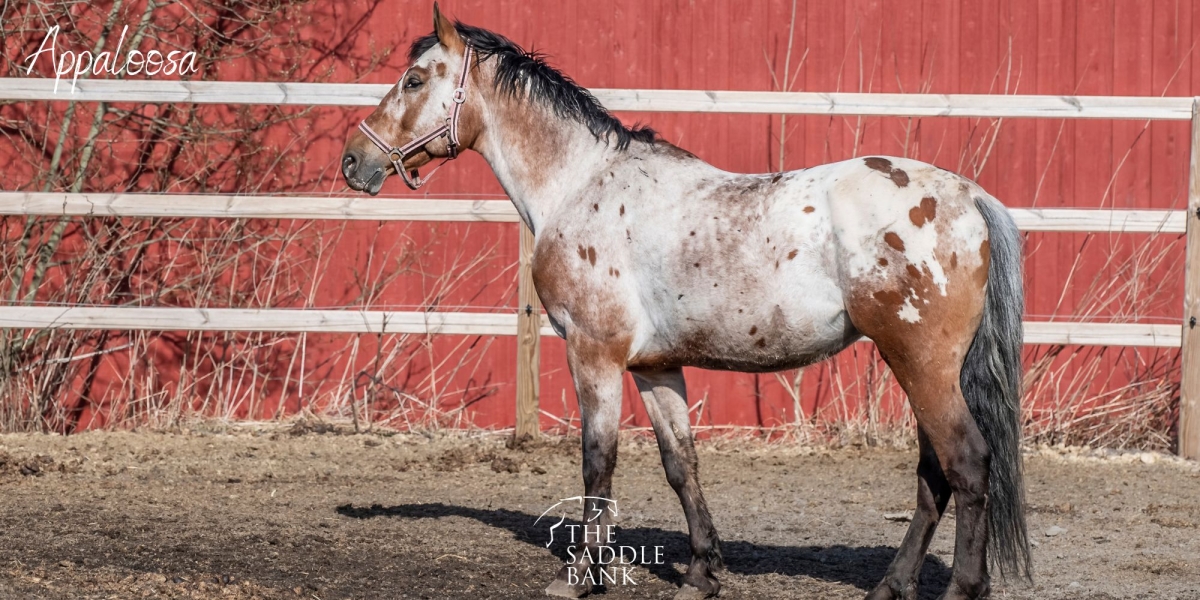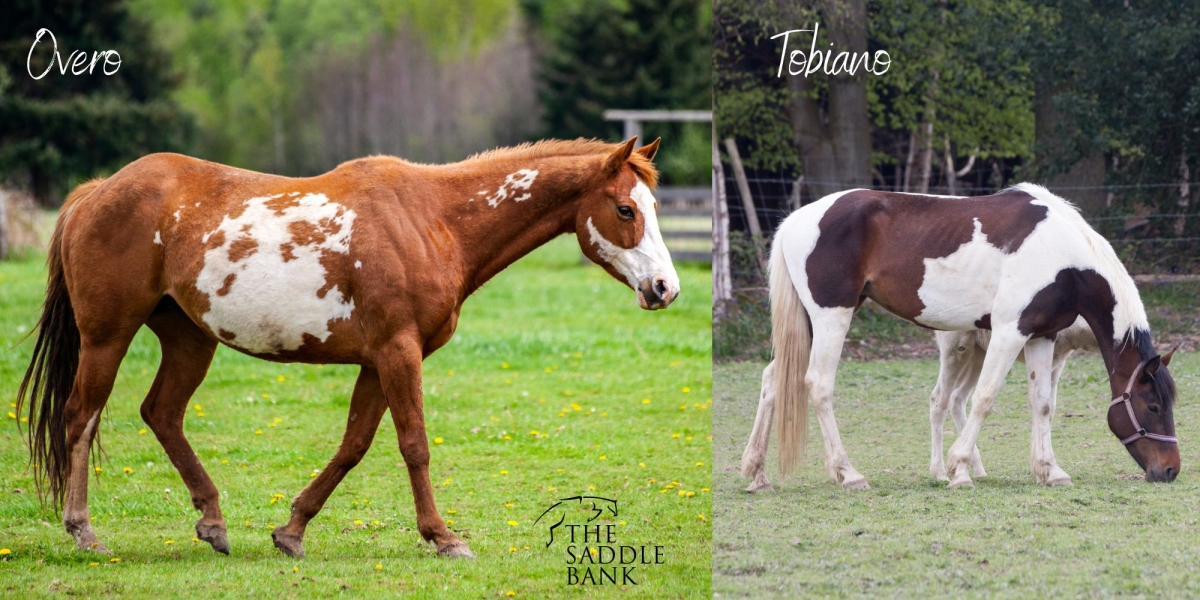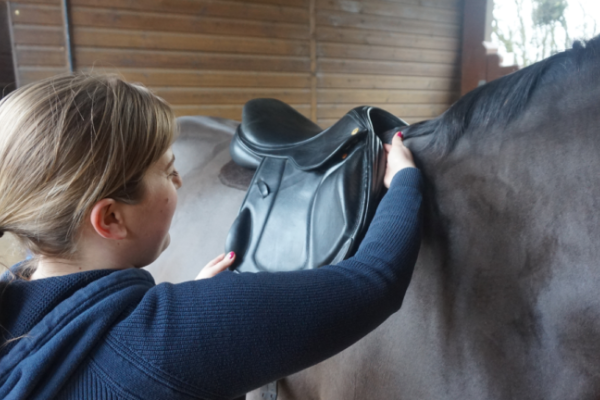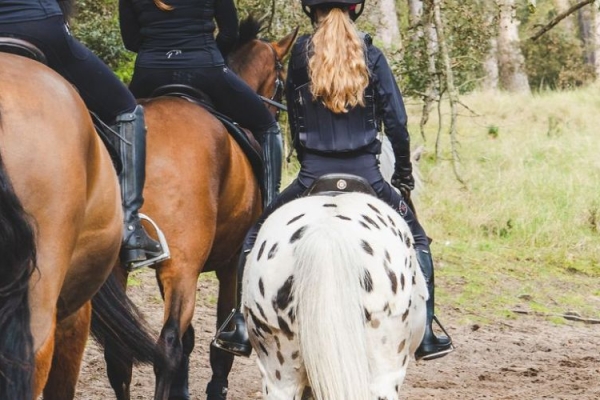What is the difference between an Appaloosa and a Paint horse?
Horses have always held a special place in human history, and there are numerous breeds that captivate equine enthusiasts worldwide. Two such breeds that often lead to confusion due to their colourful coats are the Appaloosa and the Paint horse. Both are known for their striking appearance, but they are distinct in their origins, characteristics, and history. In this blog, we will delve into the differences between these two unique horse breeds.
Appaloosa Horses
The Appaloosa horse is renowned for its distinctive coat pattern, characterised by spots or irregular patches on a white background. These patterns can take various forms, including leopard spots, snowflakes, or blanket. However, not all Appaloosas have these striking patters, as some may have solid coats.

Origin
The Appaloosa breed has a rich history, with roots tracking back to the Nez Perce Native American tribe in the Pacific Northwest. These horses were highly prized for their endurance, speed, and striking appearance. They were initially called “Palouse horses,” named after the Palouse River in the region.
Characteristics
Appaloosas are known for their versatility and are often used in various equestrian disciplines. They typically stand between 14.2 and 16 hands high and have a well-muscled, compact build. Their distinctive coat patterns are the result of a specific genetic makeup, with a gene called the LP gene responsible for their coat characteristics.
Temperament
Appaloosas are generally known for their gentle and intelligent nature, making them suitable for riders of all skill levels. They are often appreciated for their willingness to work and adaptability to different riding styles.
Paint Horses
Paint horses, on the other hand, are defined by their coat colour patterns, which resemble those of a traditional Western cowboy’s horse. Paint horses can have a variety of coat colours, but they are primarily known for their overo and tobiano patterns.

Origin
The Paint horse’s history is closely tied to the American West and the working cowboys who depended on these horses for ranch work. They are descendants of various breeds brought to the Americas by Spanish explorers, including the Andalusian and Barb horses.
Characteristics
Paint horses come in various colours and coat patterns, but they are typically solid-coloured with large, irregularly shaped patches of white. The two main coat patterns are overo and tobiano. Overo horses have predominantly dark-coloured bodies with white patches, often with a “frame” pattern around their head and neck. Tobiano horses, on the other hand, have white bodies with dark-coloured patches that appear to “splash” up from their legs.
Temperament
Paint horses are known for their calm and friendly disposition. They are versatile and excel in Western riding disciplines, such as cutting, reining, and rodeo events. Their easy going nature makes them popular among riders of all levels.
So, what is the difference between an Appaloosa and a Paint horse?
In summary, while both Appaloosa and Paint horses are famous for their distinct coat patterns, they differ in their origins, coat characteristics, and history. Appaloosas have their roots in Native American culture and are known for their leopard-spotted patterns, while Paint horses trace their lineage to the American West and exhibit a range of coat colours and patterns. Both breeds share a reputation for versatility and friendly temperaments, making them beloved choices for horse enthusiasts worldwide. Whether you prefer the striking spots of the Appaloosa or the colourful patches of the Paint horse, both breeds offer unique beauty and charm.
It’s important to remember that every horse has their own mind, and thought process. Temperaments can vary, and there are many things to consider when you’re thinking about your next four-legged partner.












